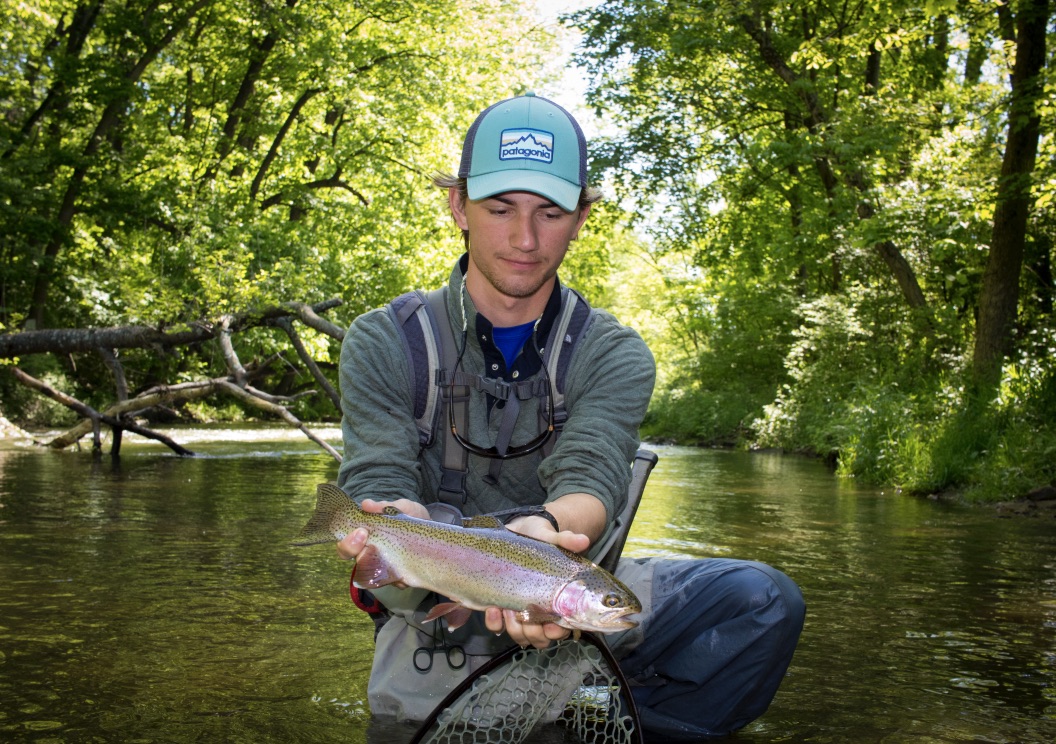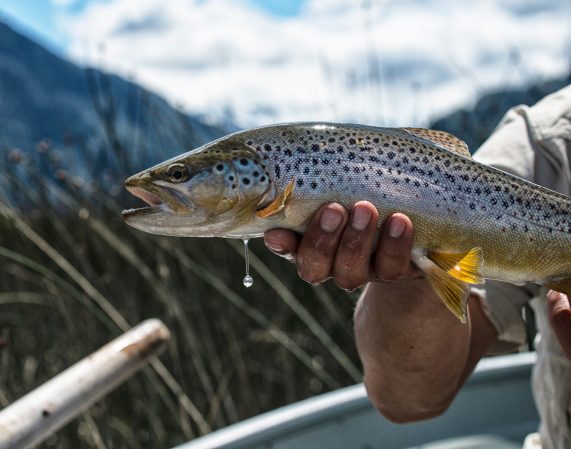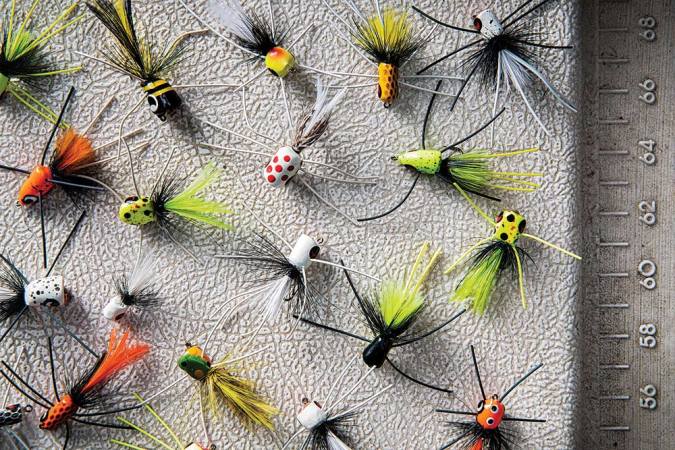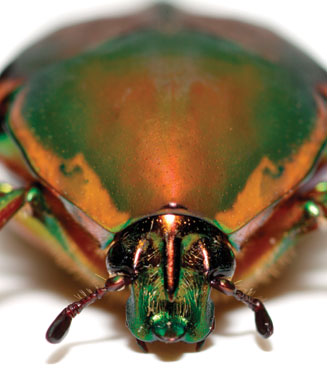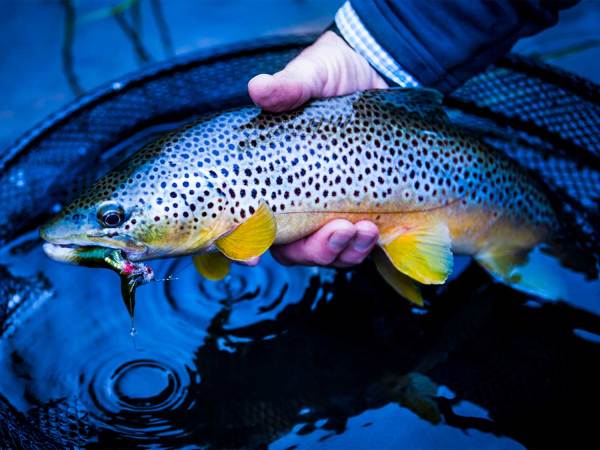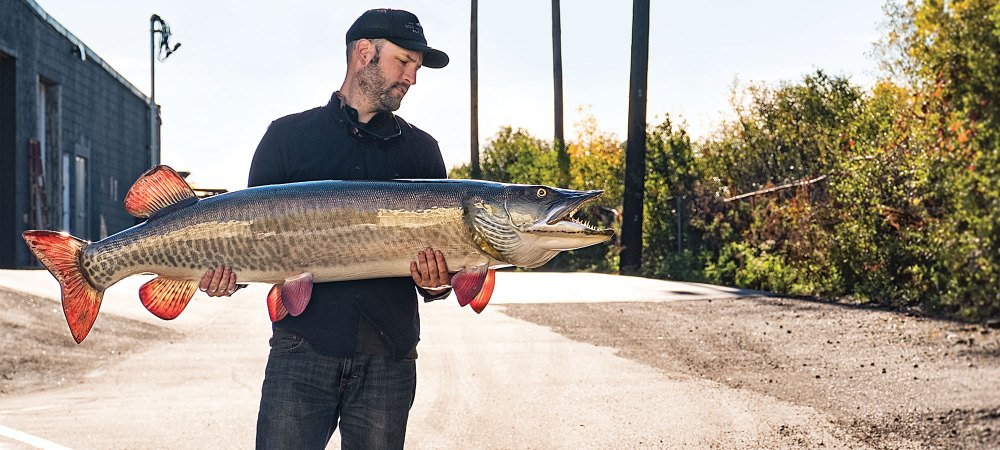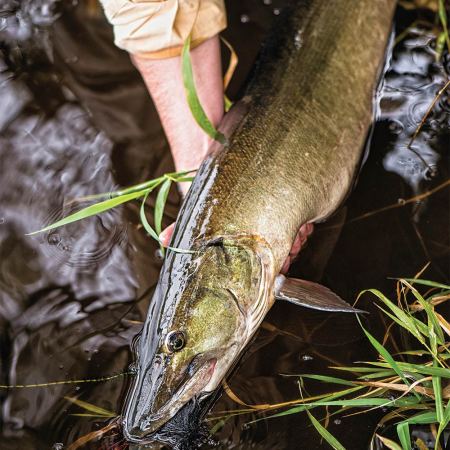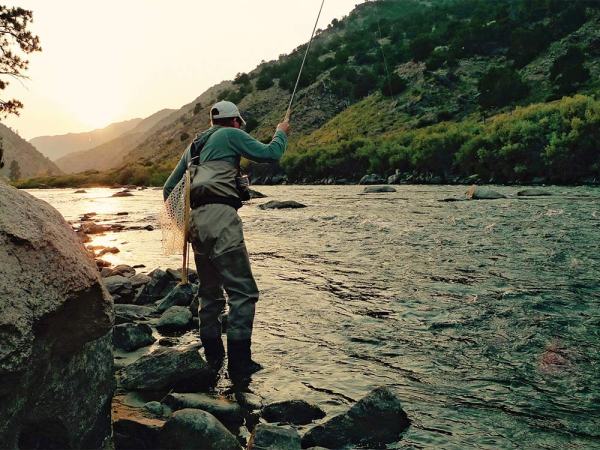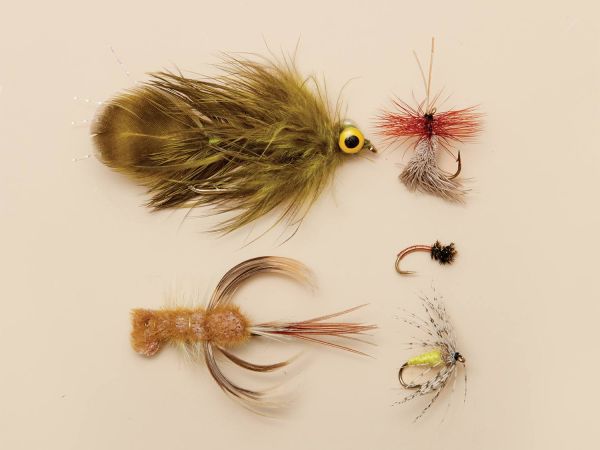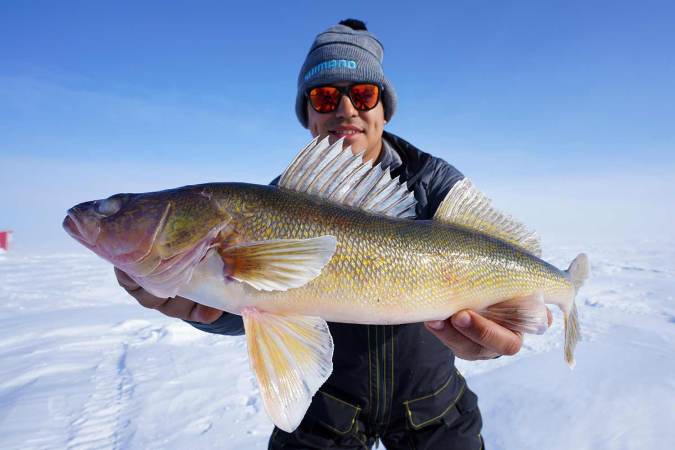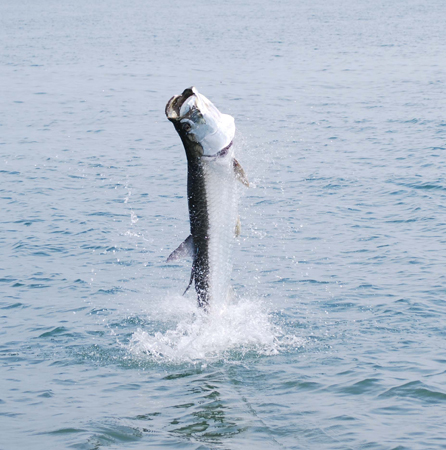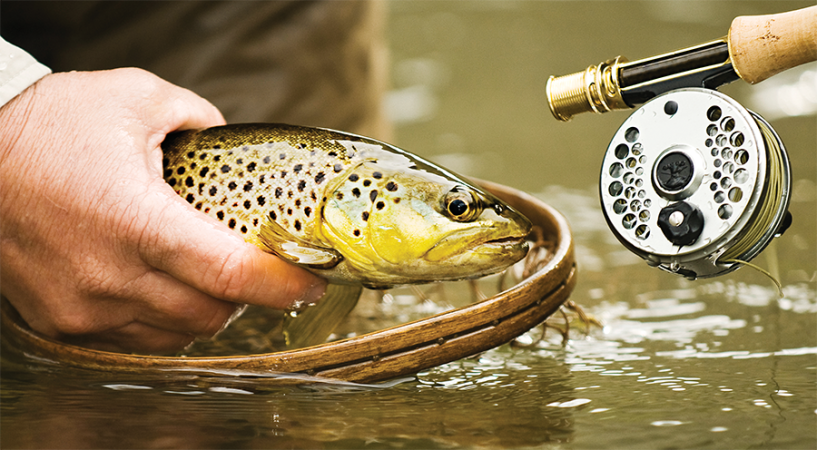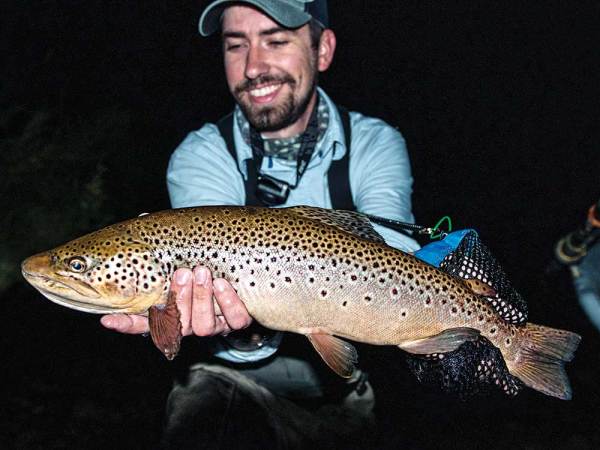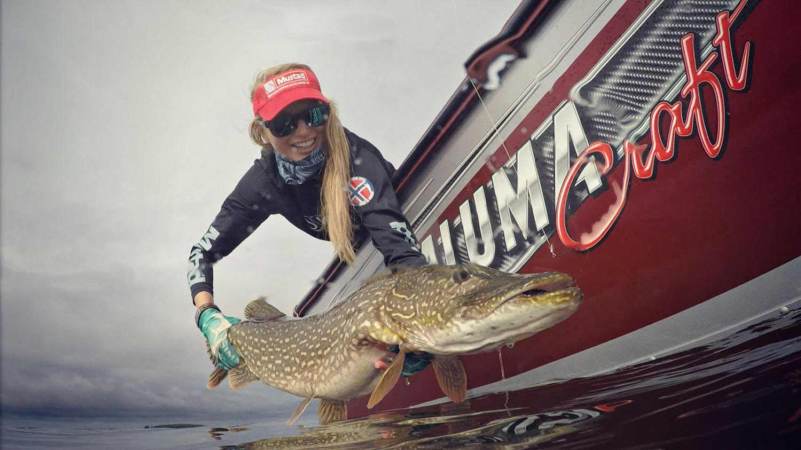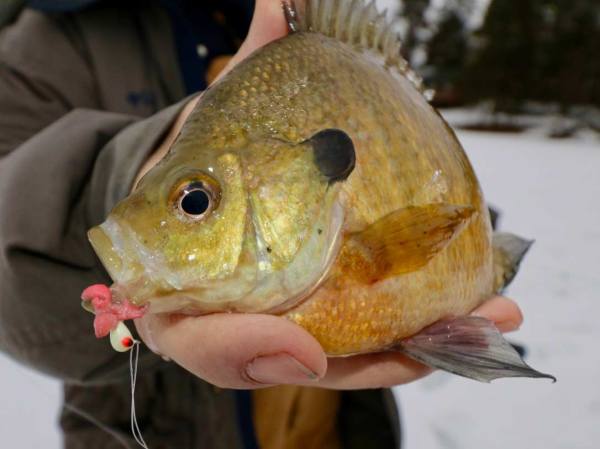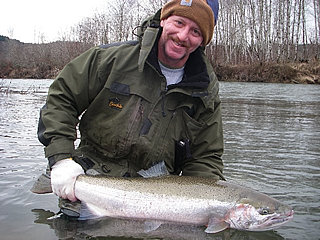We may earn revenue from the products available on this page and participate in affiliate programs. Learn More ›
If you have been a bait fisherman all your life, you might have some trepidation about picking up a fly rod. I get it. I grew up a saltwater bait fisherman. My hands reeked from chum slicks, clam bellies, and dead fish. When I started freshwater fishing, I either had a can of nightcrawlers or a bucket of minnows by my side.
I caught plenty of panfish and bass with live bait, and I still enjoy dropping shiners down to hook bronzebacks. And I was skeptical about fly fishing at first because I had never thought pulling trout out of shallow, fast-running stream was for me. But it turns out you can catch any fish that swims on a fly, so even if you don’t have access to the majestic fishing locales you see inside the pages of Field & Stream, there are opportunities abound.
Squash the idea that fly fishing is impossible and give it a try. Here are a few tips and recommendations for buying your first-ever fly rod if you have spent your life as a bait-casting or spinning-rod stalwart.
Why Fly Weight Matters
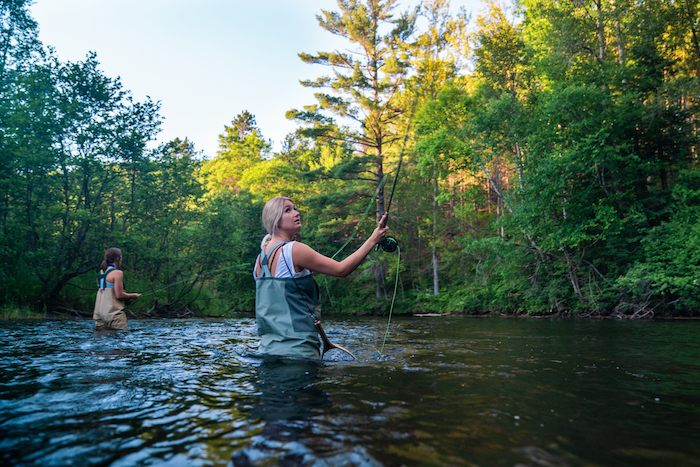
For the novice fly fisherman, a basic understanding of fly casting is in order. With spinning reels or baitcasting, the weight of the lure or sinker is used to propel the line from the reel into the water when casting. In fly fishing, the lure (fly) is essentially weightless. In order to deliver the fly to its target, the angler is casting the line with the fly going along for the ride.
When buying any fishing rod, the first thing to consider is your target species. Like spinning and bait-casting rods, there are specific fly setups suited for different fish. With the proper rod, you can catch trout or any other fish on a fly.
Fly lines and fly rods need to be closely balanced in order to be most effective. Rods and lines are matched with each other by a line weight system. This measurement gives the buyer an idea of what size line is best suited for that rod. A 6-weight rod will work best with a 6-weight line, and a 9-weight rod will work best with a 9-weight line. The higher the weight of the rod, the more stiffness and power it has.
No one fly rod will catch every fish, but some rods offer more versatility, especially for beginners. The Redington Crosswater fly rod is an excellent option for a newcomer. The 9-foot, 5-weight is a perfect size for a first rod. The Crosswater will allow you to handle larger bass and trout while still having fun hooking panfish.
The Temple Fork Outfitters Signature II Series is another great beginner rod. I recommend the 8-foot, 6-inch, 4-weight for an effective bass, trout, and panfish setup. It is a lighter rod and will offer fast action for smaller and medium-sized fish.
Match Your Fly Rod with the Right Reel
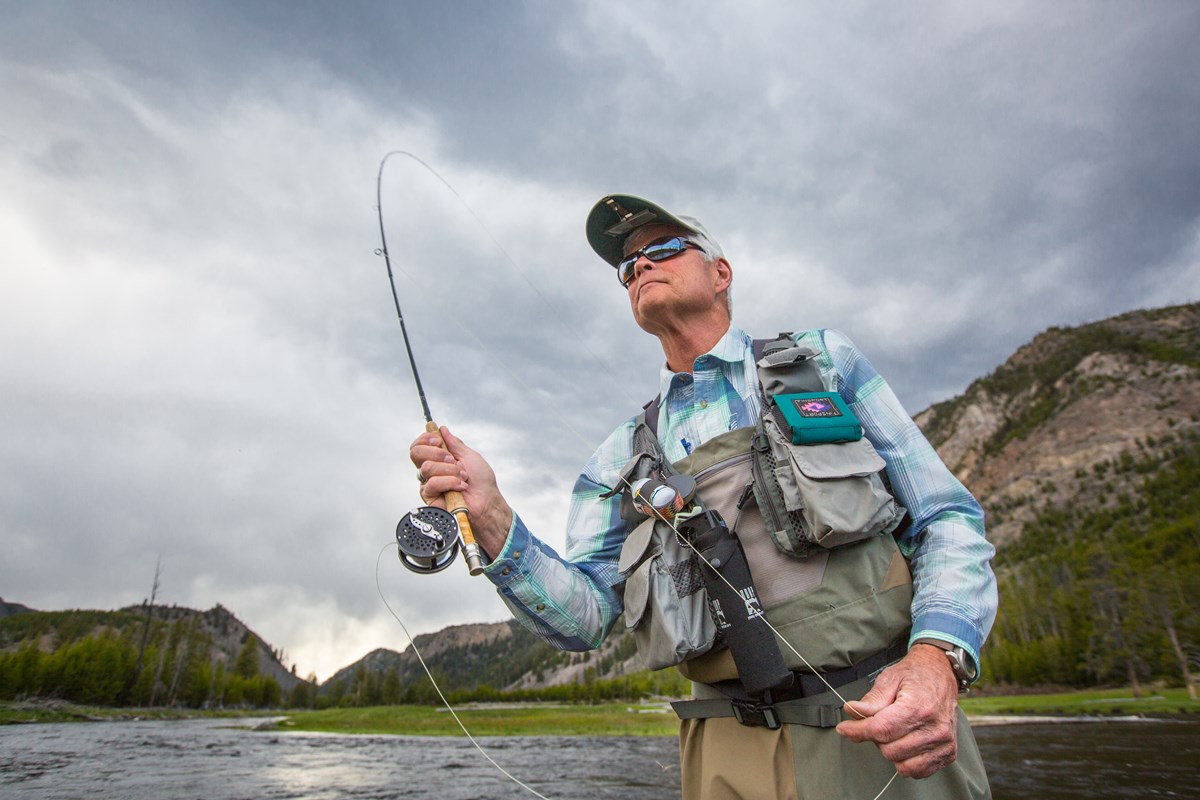
Just like fly rods, reel size is also determined by line weight. If you have a 4-weight rod, you will need a 4-weight reel. It’s not rocket science, but there are some things to think about when shifting your focus to reels.
Besides matching your rod with the correct reel size, you will want to consider drag. Generally, it is natural to have slack in your line while fly fishing. You often become the drag and control the fish by either stripping line or keeping tension on the line as the fish runs. It is common to let bigger fish like 3-pound-plus bass get onto the reel and have the reel do the work. Many reels like 2-weights and 3-weights might not have an adjustable drag. With these reels, you control the line by palming the spool to slow the fish from running.
The Redington Crosswater reel is the proper match to the Crosswater rod. The 4/5/6 reel paired with the 5-weight rod is a great beginner setup. This reel has a strong drag that is easily adjusted with a side knob and provides strong stopping power. If you are looking for an all-around bass, trout, and panfish setup—this combo is a good choice.
The Orvis Battenkill 3-5 weight reel was one of my first ever fly reels and still my favorite to this day. This reel uses a drag system designed to be managed with your hand. I’ve caught everything from largemouth and smallies to trout and bluegills with this reel. It also comes in three different sizes. The narrow spool makes for a comfortable feel and slick look while out on the water.
Read Next: 9 Easily Avoidable Mistakes Beginner Fly Anglers Make
Keep Your First Fly Rod Purchase Simple
You don’t have to be making a 60-foot cast to catch a fish on the fly. In fact, there is plenty of room for beer-drinking bait fishermen who want to give fly fishing a try. It can be intimidating to start fly fishing with all of the new lingo and jargon only core fly anglers know. But you will catch on quick. Keep it simple and focus on finding the right rod for your fishing style.

Remember that line weight is going to determine the action and ability of a rod. Generally, a 5-weight is a good size for a beginner looking to catch bass, trout, and panfish. As you increase the line weight from there, you are looking at rods fit for salmon, steelhead, pike, and musky. Match your rod with the right line and reel, and you’ll be ready to go. Pick up a few simple flies like streamers for bass and small dry flies for panfish, and you will be well on your way.
Picking Your Fly Line
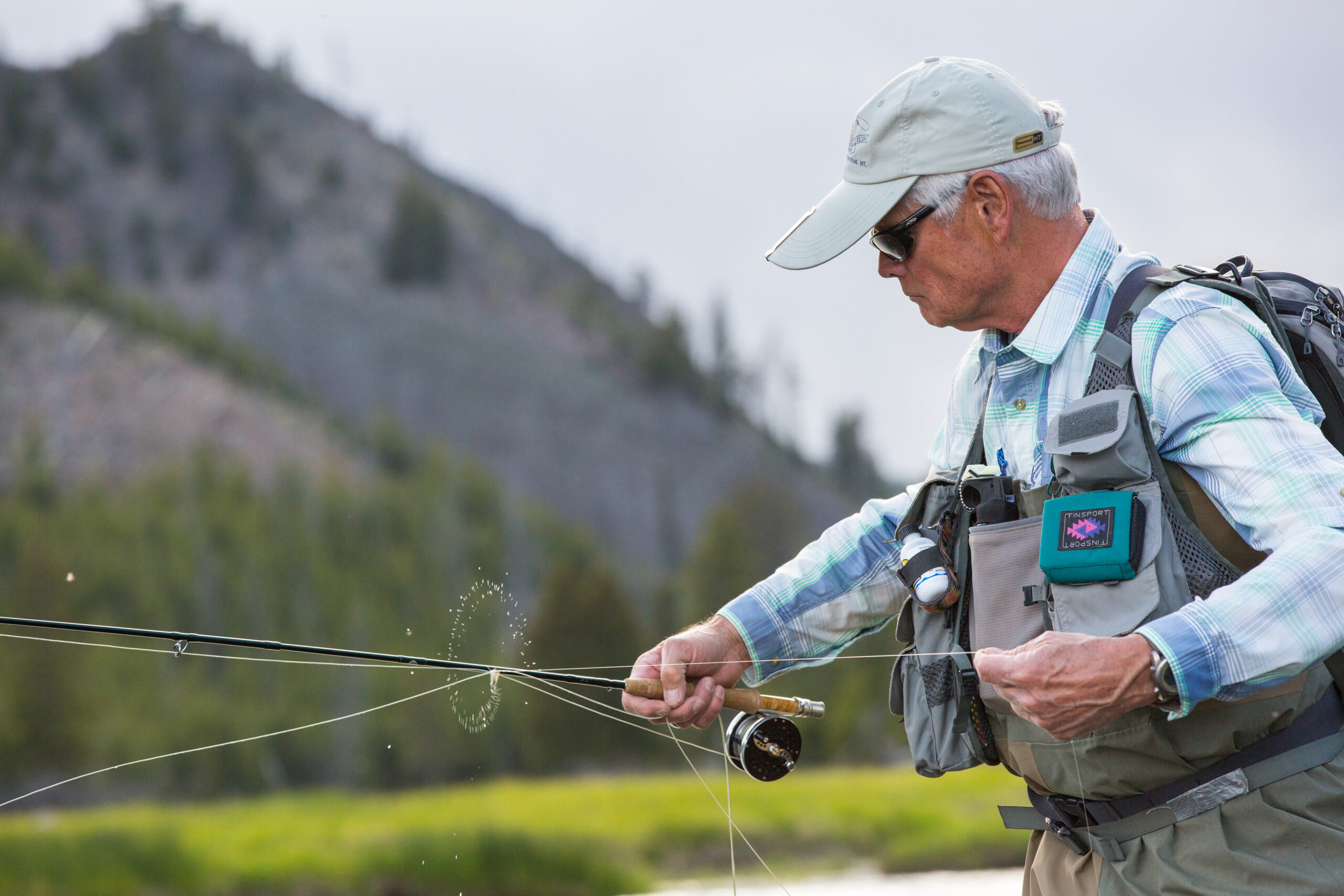
After choosing a rod and reel, you’ll need to shift your focus to fly lines. As mentioned before, you are casting the weight of the line rather than the lure or fly. To determine the weight of your fly line simply match it with the weight of your rod and reel. There are three main types of lines: floating line, sinking line, and sinking tip line. Each of these accomplish different tasks in different situations.
For beginners, a floating line is ideal. It is the most common fly line due to its versatility and casting ability. Floating line does exactly what it sounds like—it floats. It can be used for trout on the river, bass in a lake, or bluegills on a backyard pond. It can effectively fish dry flies, poppers, streamers, and nymphs.
As you begin to widen your fly angling abilities, and target new species—you might want to consider a sinking line. Sometimes you need your fly to get deeper down in the water column to produce a strike. Depending how deep the fish are feeding, you can pick your sinking line to be slow, fast, or very fast. Sinking line is measured in the inches per second that the line sinks. The higher the sink rate, the faster the line drops. Sinking lines are commonly used when fishing on open water, big lakes, and ponds.
A sinking tip fly line is designed so only part of the line sinks. This can vary widely across different manufacturers, but the idea is that the entire line doesn’t sink. The advantage of this line is the ability to cast it without retrieving the whole thing like you do with a full sinking line. It also allows you to get the fly just a few feet down in shallower situations where a full sinking line may get snagged on the bottom.
Tapers

Many fly lines include a tapering, with the most common being a weight forward taper. As the name implies, there is more weight towards the front of the fly line. This allows for longer casts but can make it difficult to have a subtle presentation.
Double taper fly line is also common among fly anglers. It has a tapering on both ends of the fly line and allows the angler to make a delicate cast and presentation. Your casting distance may suffer a little bit, but if you are targeting finicky fish, this fly line is a great choice.
Leader & Tippet
For novice fly anglers, leaders and tippets can be a little confusing. Your leader should have a perfection loop on one end to connect to the fly line and usually (not always) a tapering on the other end. A tapered leader will then be tied to another line called a tippet. This is the final piece that will eventually connect to your fly.
Leader and tippet are measured by a number followed by an X. This measures the diameter and strength of the line. For example, a 4X leader roughly has the breaking strength of approximately 6 pounds. The higher you increase the leader and tippet size, the smaller the diameter of the line and the less weight it can handle. So, what’s the point of a tippet? Throughout your day of fishing you will most likely be cutting and retying your line as you try different flies. The tippet preserves the tapered leader which can sometimes be expensive.
This doesn’t mean you always have to use a tapered leader. Straight mono or fluorocarbon line can be effective in certain situations. But when it comes to skittish, pressured, and small fish—a tapered leader with the right tippet is the best way to go.
The Five Best Beginner Flies
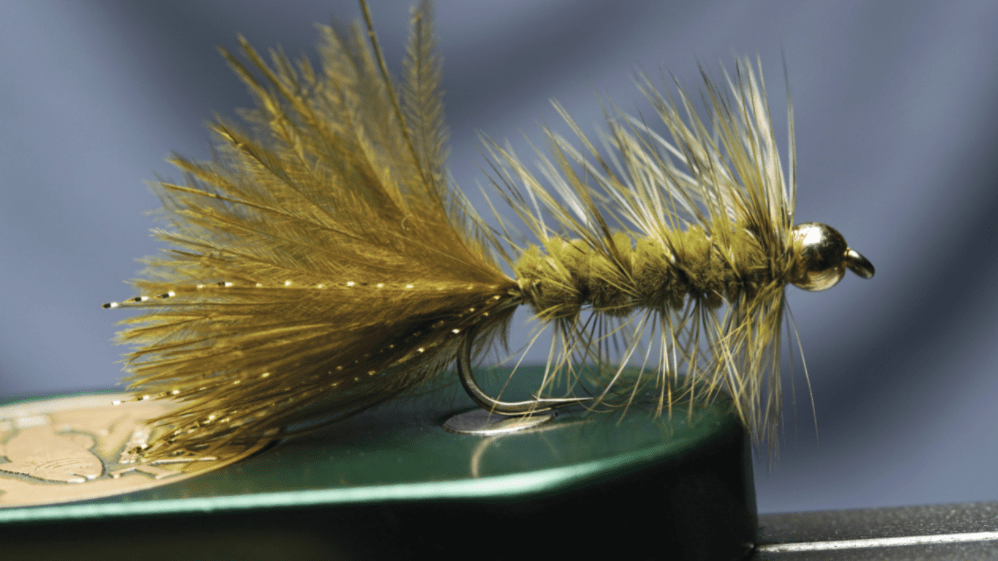
There are some must-have flies that every angler needs in their box. Often, these are best fit for newcomers as they are reliable and versatile. The following six flies are perfect for beginners looking to target a wide array of species.
- The woolly bugger is one of the most recognizable fly patterns ever created. It’s popularity is due to the flies ability to catch all kinds of species including trout, bass, and pike. It is a simple streamer and is most commonly fished by stripping it in, but can also be dead drifted in rivers.
- If you’re targeting trout that are looking up for big bugs, hopper fishing is second to none. Hopper flies can be extremely effective during summer months when terrestrial bugs are falling off overhanging brush and shrubs. It also isn’t out of the question to have a largemouth come up and crush a hopper on a local pond.
- The San Juan worm is a fun fly to carry in your box and something to turn to when the fishing gets tough. A go-to pattern, this fly will get the job done on any stream or river that holds trout. It can also help you hook into some panfish around the dock.
- Fishing dry flies is one of the most exciting forms of fishing for the fly angler. Caddis flies are some of the most popular across the country for trout, but can also be deadly for panfish. Throwing tiny caddis flies and having small bluegills and sunfish crush them is super fun—especially for kids.
- Crayfish patterns are some of the best flies for chasing bass with a fly rod. They can be absolutely deadly on smallmouth rivers and will also hook largemouth if you can get the fly where it needs to be. Think crayfish flies anywhere with structure and rocks that offer typical habitat for bass and small crustaceans.
